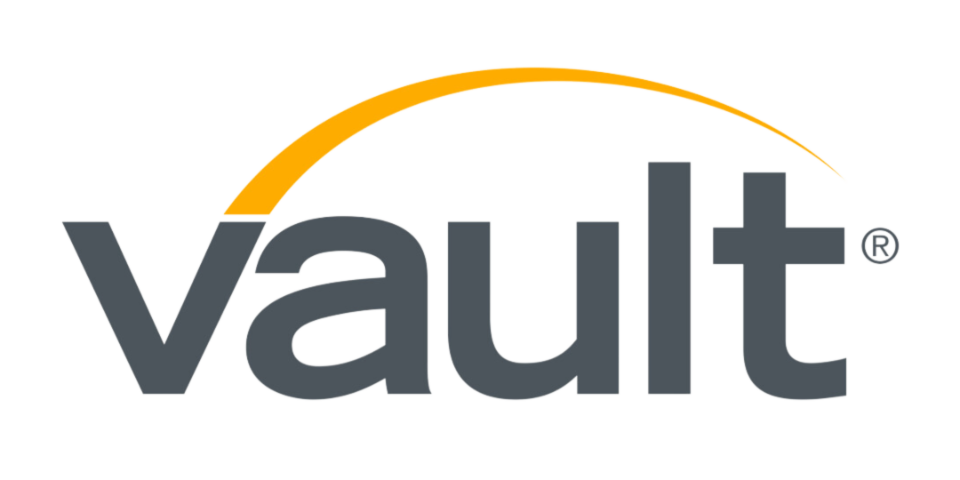Private Equity Research Analysts and Associates
About
Exploring this Job
The field of private equity may seem complex, but with a little investigation, you’ll quickly be able to learn the basics of the industry. An excellent place to start is the Private Equity Minute, a six-part video series featuring Dartmouth College’s Tuck School of Business Professor Colin Blaydon. The series provides an overview of private equity models and details how value is created for private equity-backed companies. The videos are available on YouTube at https://www.youtube.com/watch?v=cmeYlJJq9JM.
Take business and finance classes in high school, and ask your teacher to recommend books and Web sites about private equity. One useful book is Introduction to Private Equity: Venture, Growth, LBO and Turn-Around Capital (John Wiley & Sons, 2013). Some colleges have private equity, venture capital, and general finance clubs. For example, the University of Pennsylvania offers a Private Equity & Venture Capital Club (http://wharton-pevc.com). Some clubs compete in regional or national investment competitions, which will give you a good opportunity to test your skills against others and make networking contacts.
The Job
Private equity research analysts and associates play a major role at PE firms. They provide the analytical data that helps chief dealmakers pick the most-promising investment targets. This data also helps investor relations specialists persuade potential investors to put their money into a new fund that will be profitable. All investments have some degree of risk, and potential investors must be reassured that the fund can put their capital into action as efficiently as possible.
The work of analysts and associates is time-consuming and detail oriented. They may study the “financials,” operational structure, and management of a hundred companies before they identify a promising investment target. Some companies put themselves up for sale, but they still need to be carefully vetted to determine if they are worth the time and financial investment necessary to turn them around. Other “diamonds in the rough” are identified by spending hours poring over financial and other data. Small firms typically rely on major investment banks for basic research about potential acquisitions, but then they must carefully scrutinize this data to see if the company is a promising acquisition candidate. At large firms, a team of in-house associates and analysts are employed to conduct research. Analysts and associates can specialize in companies in a particular industry (such as mining or retail clothing stores) or in a particular geographic region (e.g., Southeast Asia, Northern Europe, etc.).
Although job responsibilities for analysts and associates vary by firm, common duties include:
- screening and analyzing new investment opportunities (with consideration of profitability, business potential, and other criteria)
- using publicly available information and proprietary databases to identify, quantify, and analyze macroeconomic and microeconomic trends
- assisting with the preparation of marketing materials and presentations based on their research and the feedback of marketing professionals and senior management
- creating and updating leveraged buyout and other financial models using analytical software
- traveling to meet with CEOs, CFOs, and board members of target companies, as well as their suppliers and clients, to gather information
- preparing a final investment thesis for use in their firm’s final investment committee approval process, covering areas of savings, cost-cutting plans, the state of the company’s balance sheet, new ventures, and how much debt it can take on
- conducting due diligence on primary fund investment, secondary fund investment, co-investment, and private debt opportunities
- monitoring the performance of portfolio companies, making suggestions for improvement (when necessary), preparing regular valuation and monitoring reports, and, in some instances, assisting in the sale of these companies
- conducting special projects such as asset allocation analyses
